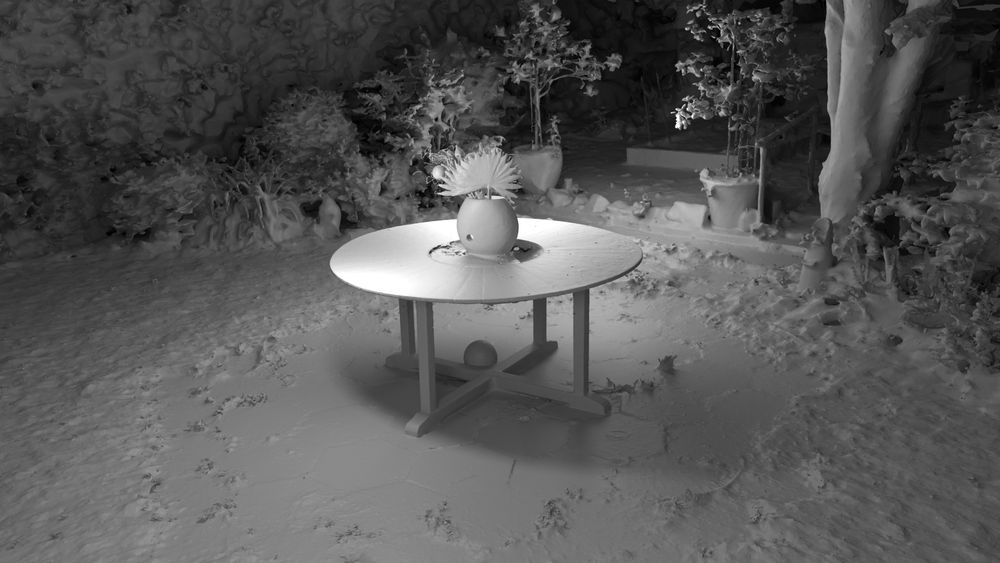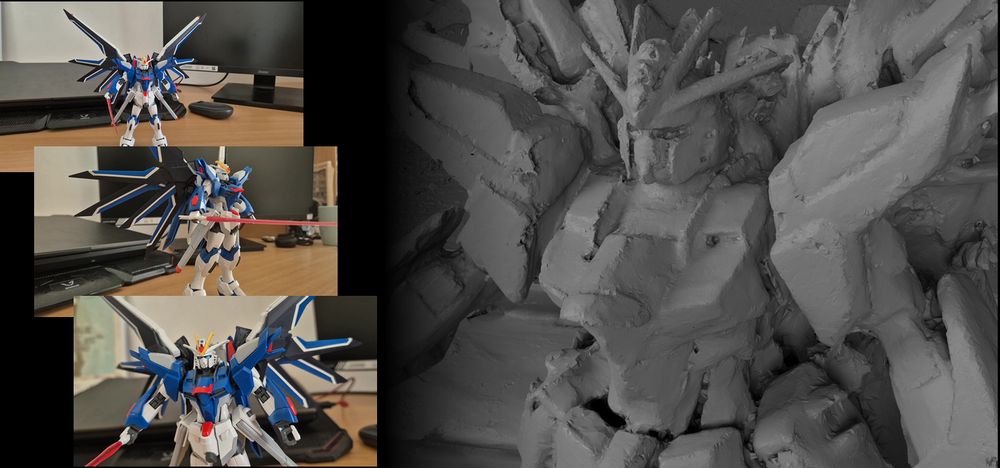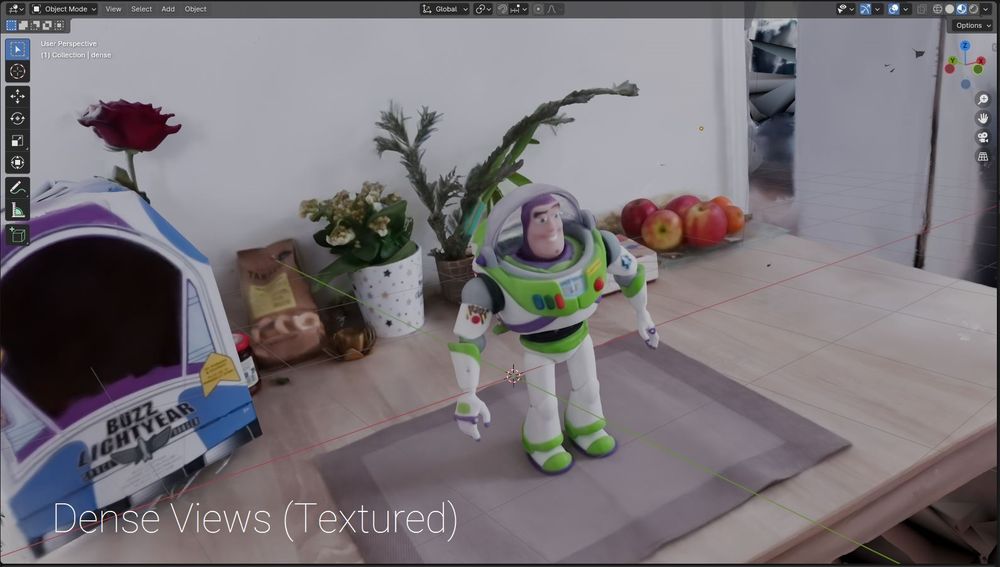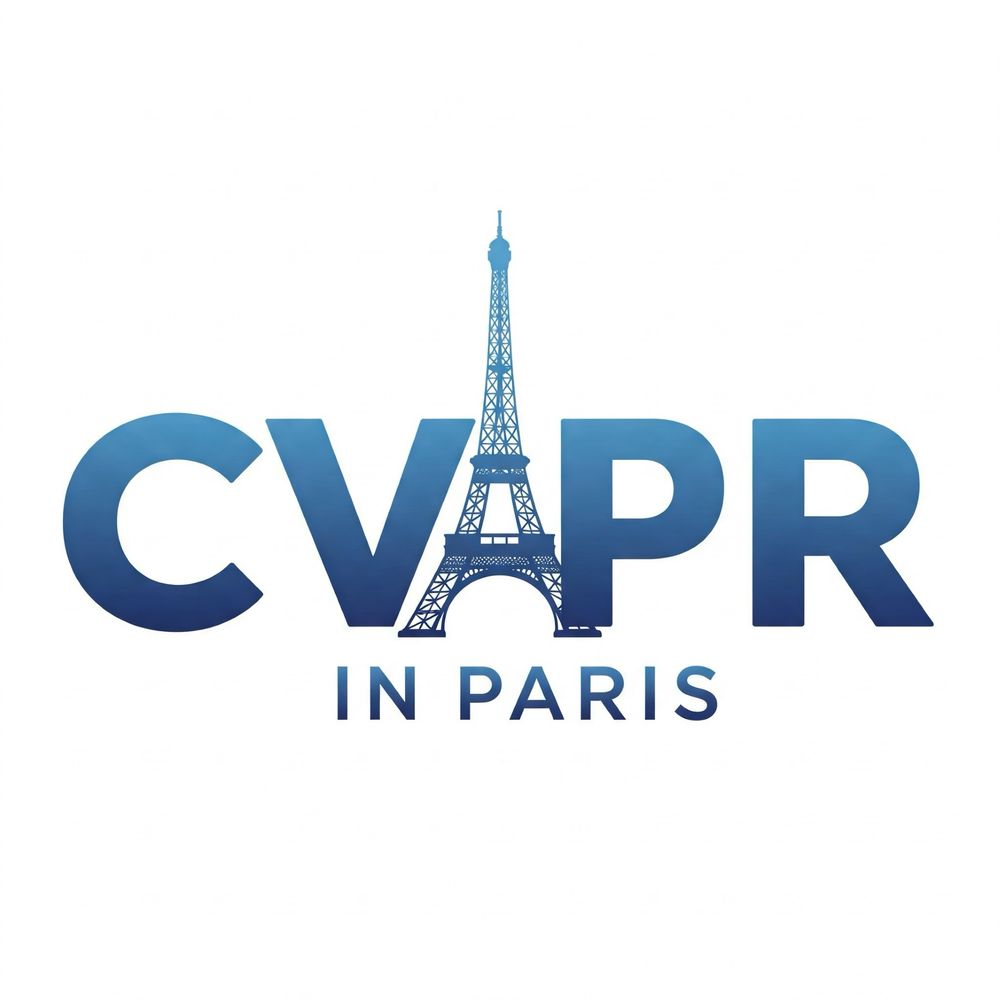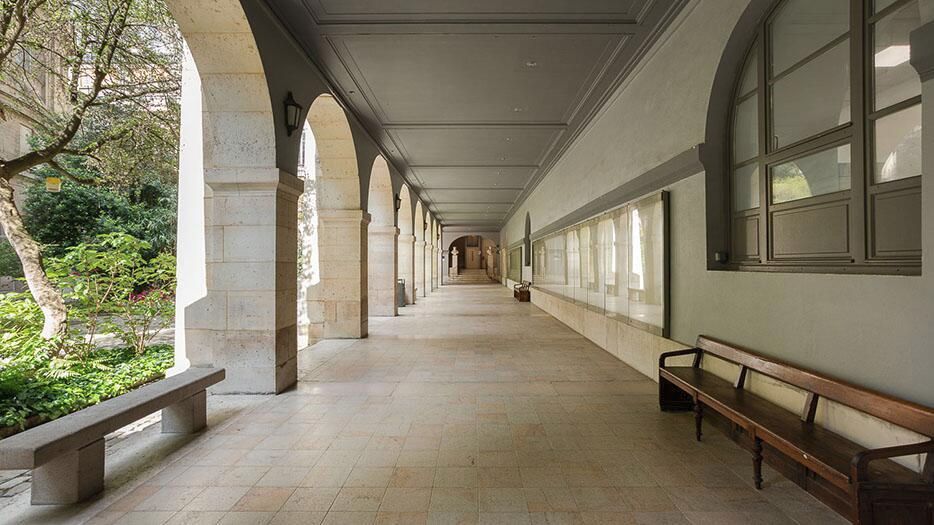Antoine Guédon
@antoine-guedon.bsky.social
480 followers
380 following
35 posts
PhD student in computer vision at Imagine, ENPC - @imagineenpc.bsky.social
I'm interested in 3D Reconstruction, Radiance Fields, Gaussian splatting, 3D Scene Rendering, 3D Scene Understanding, etc.
Webpage: https://anttwo.github.io/
Posts
Media
Videos
Starter Packs
Pinned
Reposted by Antoine Guédon
Reposted by Antoine Guédon
#CVPR2026
@cvprconference.bsky.social
· May 10
Reposted by Antoine Guédon
Reposted by Antoine Guédon









